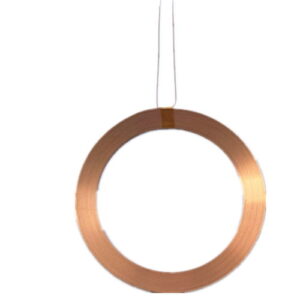Wireless charging coils refer to chargers that do not require traditional charging cables to connect to the devices that need to be charged. They utilize the latest wireless charging technology, where electrical energy is magically transmitted through the magnetic field generated between the coils. Inductive coupling technology serves as a bridge between charging stations and devices.

Wireless charging coil technology is expected to bring advancements to Wi-Fi and battery technology. For devices that do not require data transmission, this new technology will significantly reduce the number of chargers users need. Furthermore, the adoption of wireless charging technology may make public mobile device charging stations a reality.
Wireless charging coil systems primarily employ the principle of electromagnetic induction to transfer energy through coil coupling. When a wireless charging coil system is in operation, the input end converts AC power from the main power supply into DC power through a full-bridge rectifier circuit or directly supplies the system with 24V DC power. The DC output after power management passes through a 2M active crystal oscillation inverter to convert it into high-frequency AC power, which is then provided to the primary winding. Through the coupling of energy between the two H-inductor coils, the current output from the secondary coil is converted into DC power through the receiving conversion circuit for battery charging.

Currently, the common types of wireless charging coils include:
Electromagnetic induction wireless charging coils.
Magnetic resonance wireless charging coils.
Radio wave wireless charging coils.
Due to the higher loss during the transmission process compared to wired charging, and the increased loss with greater distance, different types of wireless charging coils are used in various wireless charging products in commercial cases.